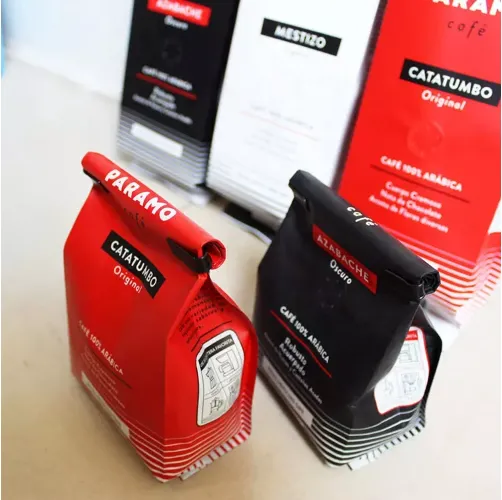- Afrikaans
- Albanian
- Amharic
- Arabic
- Armenian
- Azerbaijani
- Basque
- Belarusian
- Bengali
- Bosnian
- Bulgarian
- Catalan
- Cebuano
- chinese_simplified
- chinese_traditional
- Corsican
- Croatian
- Czech
- Danish
- Dutch
- English
- Esperanto
- Estonian
- Finnish
- French
- Frisian
- Galician
- Georgian
- German
- Greek
- Gujarati
- haitian_creole
- hausa
- hawaiian
- Hebrew
- Hindi
- Miao
- Hungarian
- Icelandic
- igbo
- Indonesian
- irish
- Italian
- Japanese
- Javanese
- Kannada
- kazakh
- Khmer
- Rwandese
- Korean
- Kurdish
- Kyrgyz
- Lao
- Latin
- Latvian
- Lithuanian
- Luxembourgish
- Macedonian
- Malgashi
- Malay
- Malayalam
- Maltese
- Maori
- Marathi
- Mongolian
- Myanmar
- Nepali
- Norwegian
- Norwegian
- Occitan
- Pashto
- Persian
- Polish
- Portuguese
- Punjabi
- Romanian
- Russian
- Samoan
- scottish-gaelic
- Serbian
- Sesotho
- Shona
- Sindhi
- Sinhala
- Slovak
- Slovenian
- Somali
- Spanish
- Sundanese
- Swahili
- Swedish
- Tagalog
- Tajik
- Tamil
- Tatar
- Telugu
- Thai
- Turkish
- Turkmen
- Ukrainian
- Urdu
- Uighur
- Uzbek
- Vietnamese
- Welsh
- Bantu
- Yiddish
- Yoruba
- Zulu
Understanding the Key Differences Between Embossing and Debossing Techniques
The Difference Between Embossing and Debossing
In the world of graphic design, print production, and product development, two techniques often come into play that add a unique touch to materials embossing and debossing. While these terms may sound similar and are sometimes used interchangeably, they refer to distinctly different processes that result in contrasting visual and tactile effects. Understanding the difference between emboss and deboss can significantly influence design choices and the overall perception of a product.
Embossing A Raised Effect
Embossing is a process in which a design or image is raised above the surface of the material. This technique is achieved by applying pressure to the material from below, causing it to bulge outward. When light hits an embossed surface, it creates highlights and shadows, adding dimension and depth. Common materials for embossing include paper, leather, and metal.
Applications of embossing are widely seen in various industries. For instance, a business card with an embossed logo can convey a sense of professionalism and sophistication. Likewise, greeting cards often utilize embossing to create a tactile experience that enhances their visual appeal. The raised design not only attracts attention but also invites touch, making the interaction more memorable.
Embossing is particularly effective for designs that aim to evoke a sense of luxury or exclusivity. Brands frequently use this technique on packaging, product labels, and promotional materials to elevate their image and draw in consumers. The raised effect can be subtle or pronounced, depending on the intended design outcome.
Debossing A Sunken Effect
difference between emboss and deboss

On the other hand, debossing creates the opposite effect. In this process, the design is pressed into the material, resulting in a recessed or sunken appearance. Like embossing, debossing also utilizes heat and pressure, but the outcome is a design that sits below the surface level of the material. This technique is often used in conjunction with ink or foil to enhance the visibility of the design.
Debossing is frequently employed in the same sectors as embossing but serves a different purpose. For example, many high-end leather goods and journals feature debossed logos or designs that offer a subtle yet elegant touch. This approach is particularly effective for conveying a sense of understated elegance or minimalism.
In contrast to embossing, debossed designs tend to blend in more with the overall surface of the material. This can be ideal for projects where overwhelming visual elements might detract from the main message or design. The more subdued nature of debossed designs allows for a refined aesthetic, appealing to consumers looking for sophistication without extravagance.
Choosing Between Embossing and Debossing
When deciding whether to emboss or deboss, designers must consider the desired impact of their project. Each technique offers unique advantages and can enhance a brand's identity in different ways. Embossing is often associated with an opulent, eye-catching appeal, while debossing provides a sleek and professional touch.
Additionally, the choice may depend on the material being used. Some substrates may lend themselves better to one technique over the other, affecting the final outcome. Designers should also keep budget considerations in mind, as the complexity of the process may influence production costs.
In conclusion, while emboss and deboss are terms that relate to similar processes, they yield significantly different results. By understanding the distinctions between these techniques, designers can make informed decisions that elevate their projects and engage their audience effectively.













